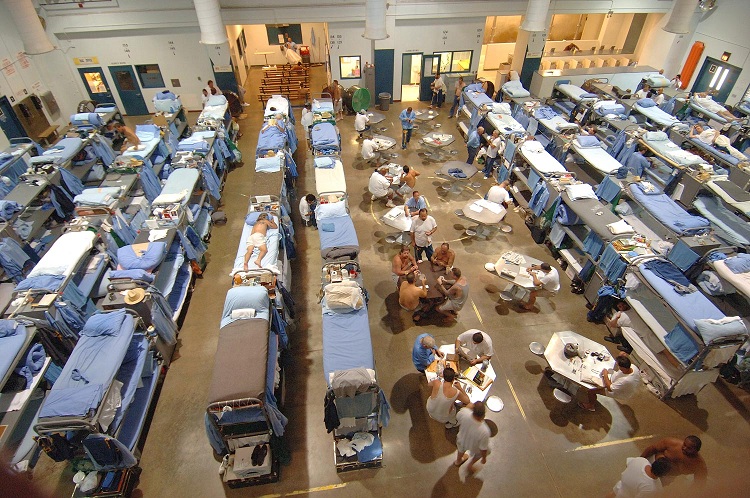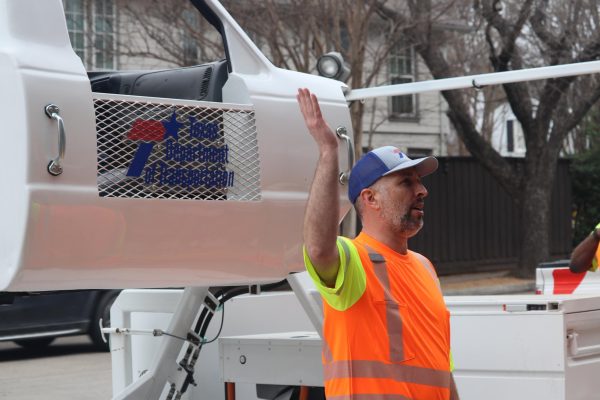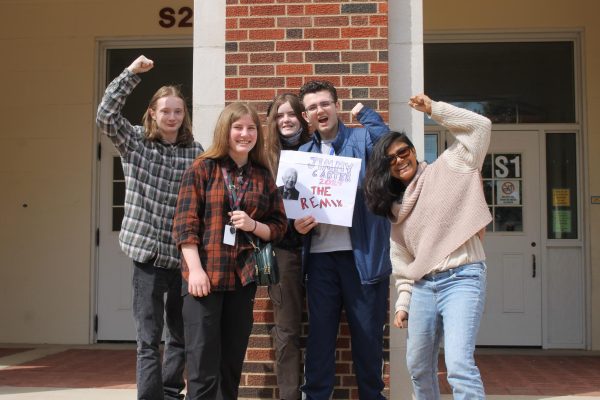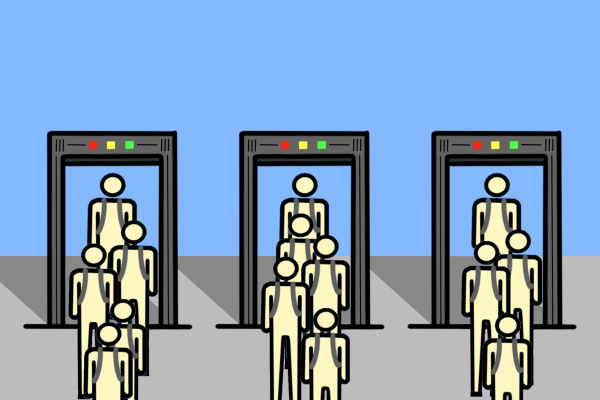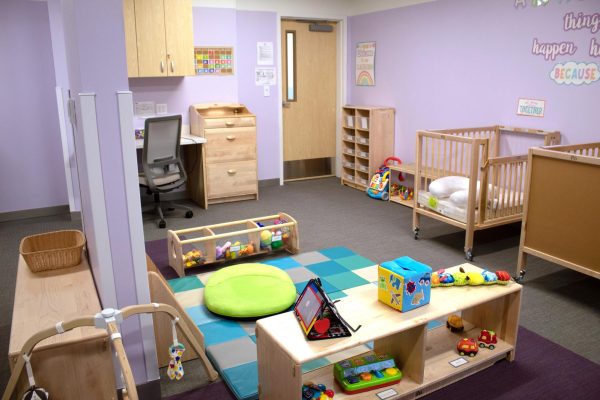Overcrowding in prisons
There are currently 2.2 million people in the United States prisons and jails, this is a 500% increase over the course of the last 40 years according to The Sentencing Project. The result of the increased incarceration comes with changes in policy and law, not genuinely increased crime rates.
U.S Department of Justice released a public statement in Dec. 2012, where studies were conducted to determine the ratio of incarcerated residents within the United States.
“At yearend 2011, 492 out of every 100,000 U.S. residents were sentenced to more than one year in prison.”
Selected findings from the Census of State and Federal Correctional Facilities in 2005 found increases in state, federal and private facilities.
“From June 30, 2000, to December 30, 2005, the number of state and federal correctional facilities increased by 9%, from 1,668 to 1,821. The number of prisoners held in custody increased by 10%, from 1,305,253 to 1,430,208.”
“Private correctional facilities (up 151) accounted for nearly all of the increase in the number of adult correctional facilities between June 30, 2000, and December 30, 2005. Most of the growth in private correctional facilities during this period was in facilities under contract to the Federal Bureau of Prisons.”
The BJS census also found that inmates within facility housing increased while consent decrees permitted some facilities to not maintain limits to their inmate count and avoid FDA litigation.
“Between 2000 and 2005, facilities housing fewer than 500 inmates as an average daily population increased by 86. Facilities housing 500 to 999 inmates was relatively unchanged between 2000 (305) and 2005 (304). Facilities housing 1,000 to 2,499 inmates increased by 57 and the number of facilities housing 2,500 inmates or more rose by 11.”
“The number of facilities under court order or consent decree to limit the size of their inmate population declined from 145 in 2000 to 44 in 2005. Facilities under court order or consent decree for specific conditions also declined, from 320 to 218.”
The increase in inmate crowding has negatively affected the infrastructure of prison facilities as these systems have been unable to keep pace. The U.S. Government Accountability office (GAO) released a report on Sep. 12, 2012, which studied research set by the Department of Justices Bureau of Prisons (BOP) in order to determine the affects of the increasing inmate populations.
“According to BOP, the growth in the federal inmate population has negatively affected inmates, staff, and infrastructure, but BOP has acted within its authority to help mitigate the effects of this growth. BOP officials reported increased use of double and triple bunking, waiting lists for education and drug treatment programs, limited meaningful work opportunities, and increased inmate-to-staff ratios. These factors, taken together, contribute to increased inmate misconduct, which negatively affects the safety and security of inmates and staff. BOP officials and union representatives voiced concerns about a serious incident occurring. To manage its growing population, BOP staggers meal times and segregates inmates involved in disciplinary infractions, among other things.”
Whiles States and facilities have contrived different means of supplementing this issue, overpopulation in these facilities are seemingly stationary.



